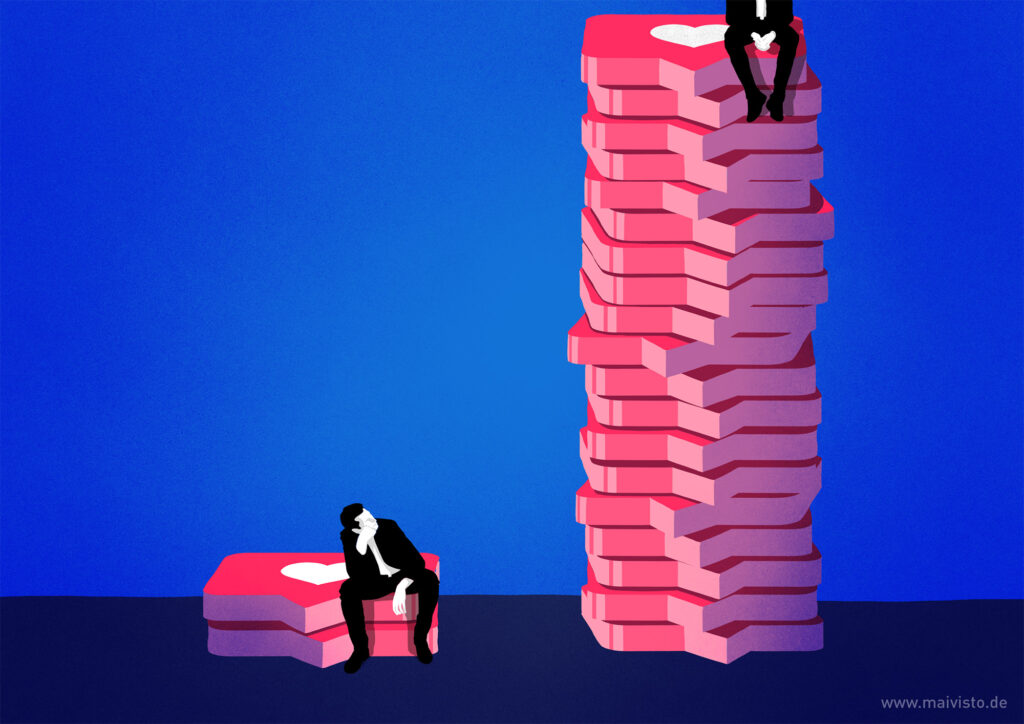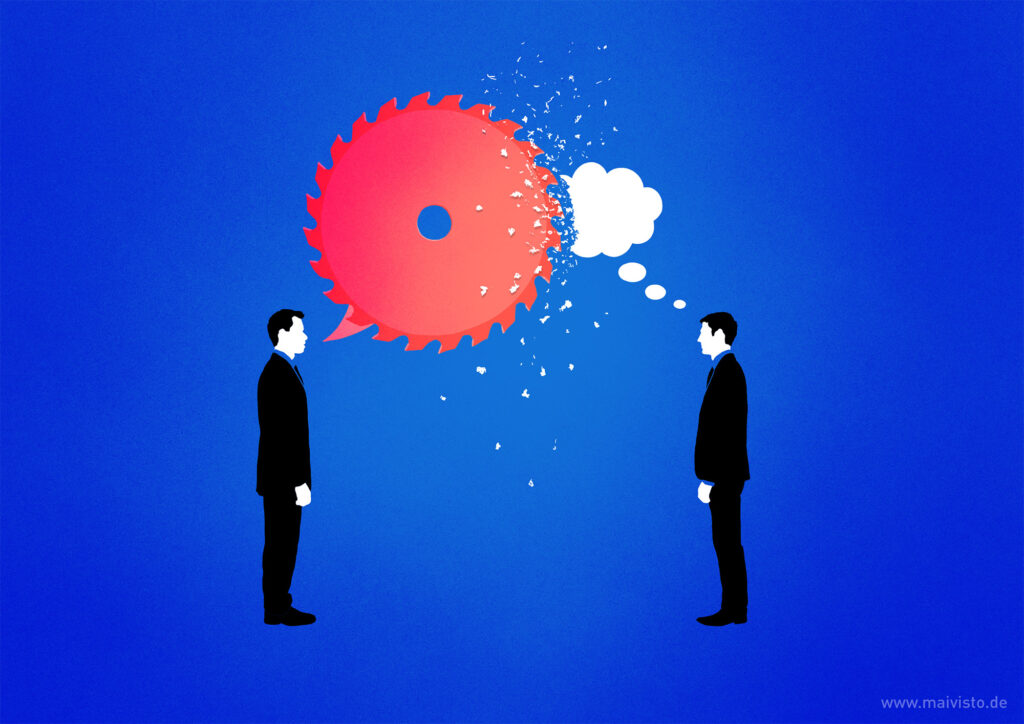By doing so, we are making a few promises to ourselves and the people we try to reach.
For weeks I wrestled back and forth. What do I want? Am I a graphic designer, a T-shirt designer, or a communication designer? What job title or description should I put under my name?
In and out of college, I developed many interests. To survive in the marketplace, I needed to serve a niche. That was clear to me from the start. As an all-rounder, it would be difficult for me to be successful and, above all, happy.
Sergio Ingravalle – Illustrator
When I called and recognized myself as an illustrator, my life became easier. Even though I had already done some illustration jobs by then, this step was precious.
An illustrator illustrates.
He doesn’t create corporate designs, program websites, or layout magazines. He creates images. He draws, paints, cuts, glues, doodles. And that’s what I did from then on until people who visited my homepage could clearly see what they could expect from me.


